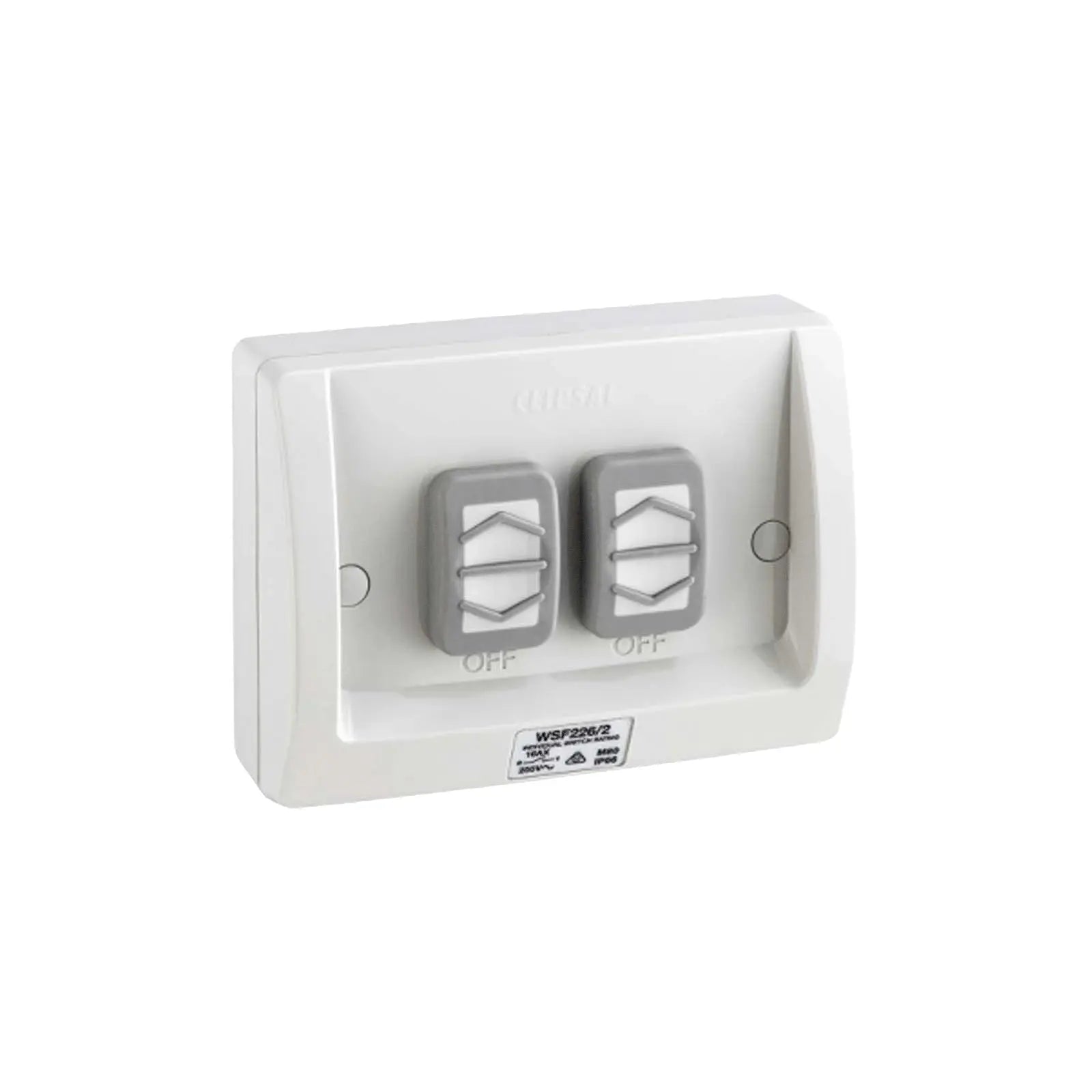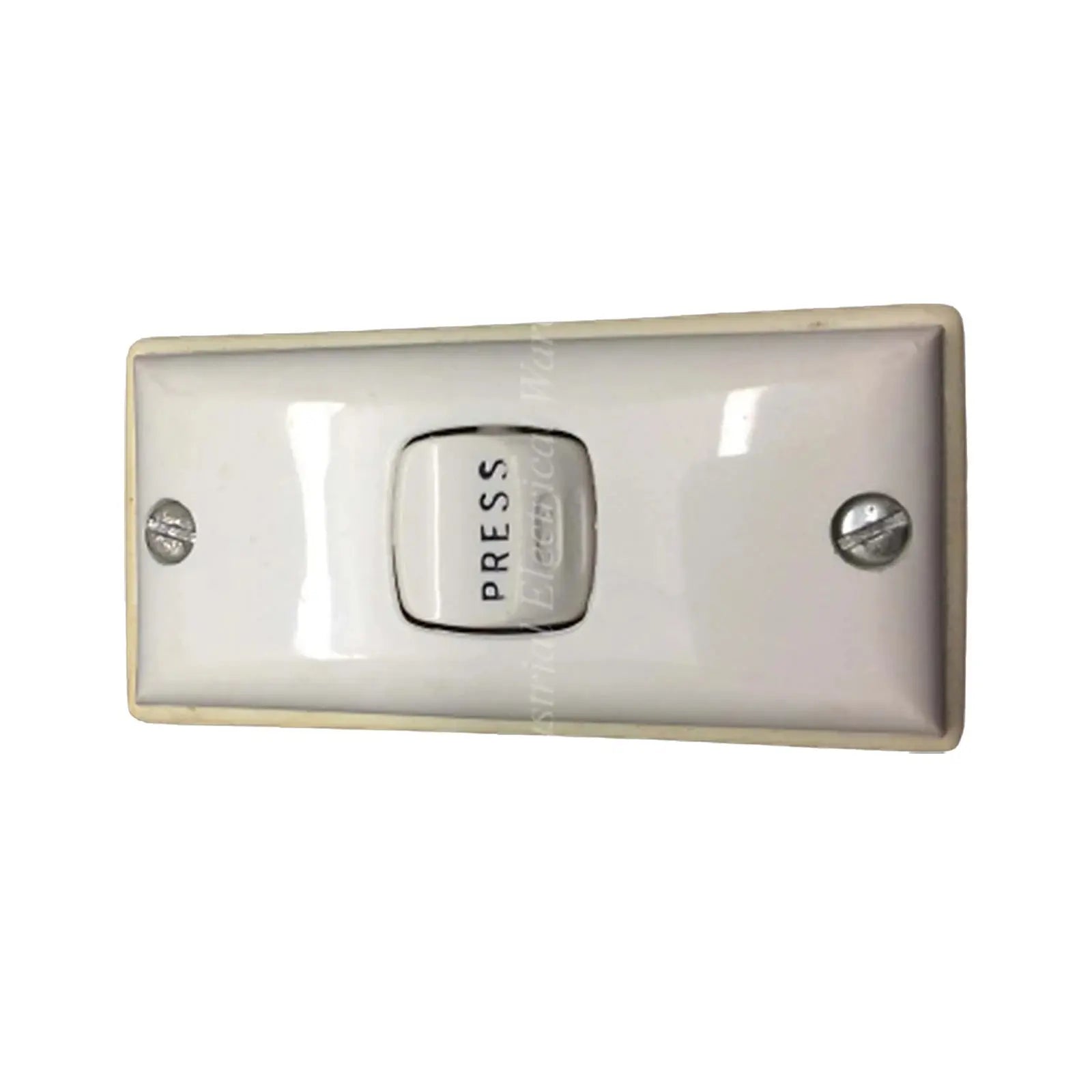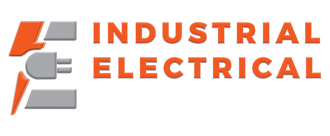
Switches (Switches & Sockets)
15 products
Showing 1 - 15 of 15 products
























Discover our extensive range of switches and sockets, designed to meet all your electrical needs. Our collection features high-quality products that ensure safety and efficiency in your home or office. Whether you're upgrading or installing new systems, our switches and sockets provide the perfect solution.
Why Choose Our Switches & Sockets?
Our switches and sockets are crafted with precision and durability in mind. They are available in various styles and finishes to complement any decor. With easy installation and reliable performance, they are the ideal choice for any project.
Explore our selection to find the perfect match for your requirements. From modern designs to classic options, our switches and sockets cater to diverse preferences. Enhance your space with our top-notch products that combine functionality and aesthetics seamlessly.
How to Install Switches & Sockets Safely?
Installing switches and sockets is straightforward with our user-friendly products. Always ensure the power is off before starting any installation. Follow the included instructions carefully, and if in doubt, consult a professional electrician to guarantee safety and compliance with regulations.
Need Bulk Orders or Expert Recommendations on Switches (Switches & Sockets)?
Looking for bulk Switches (Switches & Sockets) orders or need help choosing the right industrial solution? Our team is here to assist with custom quotes, product recommendations, and technical guidance. Whether you're an electrician, contractor, or business owner, we offer tailored solutions to meet your needs.
📩 Contact Us or chat with us live for instant assistance!
Explore Our Monthly Madness Deals Collection!
Don't miss out on huge savings across our store! Check out the best deals in:
Explore these categories now and grab the best deals before they're gone!
- All Products in Our Range – Top-quality products handpicked for you.
- Best Sellers – Customer favourites and high-demand items.
- Watts Hot Deals and Sales – Limited-time discounts on must-have products.
- Watts New – Fresh arrivals and the latest innovations.
-
All Collections – Explore everything we have to offer.
Explore these categories now and grab the best deals before they're gone!
Don't forget to Check out our Massive Markdowns While Stocks Last!
Recently viewed
Watts Current Newsletter
Stay connected with the latest industrial electrical products, exclusive deals, and expert updates.
Sign up now and never miss out







